Building an accessory dwelling unit (ADU) on your property involves connecting to the existing water, sewer, and gas lines. Understanding the various regulations and upgrades required, as well as the associated costs, can be a complex and overwhelming process.
In this guide, we’ll break down the different aspects of connecting your ADU to water, sewer, and gas lines, with a focus on water fixture counts, upgrades to meters and laterals, and the possibility of sewer lateral upgrades. We’ll also discuss the potential need for a sewage pump, and what you can expect in terms of costs for these upgrades. By the end of this guide, you’ll have a better understanding of what’s required to connect your ADU to these essential utilities, and what you need to consider when planning your ADU project.
Remember our expertise is in San Diego County and it’s important to find a contractor who is knowledgeable in your area, as local requirements are each unique, even with California state ADU laws in place. Also, these laws are constantly evolving, and it’s important to work with a team that is regularly working with ADU construction in the field and knows exactly how requirements are being interpreted by your local jurisdiction.
WATER: Understanding Water Connection Requirements for ADUs
How is an ADU connected to water service?
As for ADU connection to water service, the water line that services the ADU will always be connected to the private water service line between the water meter and the water regulator before the service enters the primary residence. This ensures that the ADU water service is not affected by the regulator that throttles pressure to the primary residence. A secondary water regulator will be installed on the water service line before it enters the ADU.
Can my water for the ADU be metered separately?
Water service can be metered privately by means of a metering device that is located on the ADU. Upon request, SnapADU will provide the preparation to accept a metering device which can be connected to WiFi and monitored remotely on your smartphone or computer. We recommend this product as a WiFi enabled water meter.
Water Fixture Counts: Explained
In the City of San Diego, producing water fixture counts is a requirement for any ADU project and will be collected on a Water Meter Data Card. These fixture counts help determine the appropriate water meter size for the ADU and ensure that the existing water service and supply can accommodate the new construction. The fixture count follows the California Plumbing Code and includes all water outlets in the ADU, such as sinks, showers, toilets, and laundry facilities.
Each type of plumbing fixture that uses water on your property is assigned a unit value. The total sum of the existing fixture and proposed fixture values is the “Water Fixture Count”. This value is used to asses your property’s total demand for water flow which is restricted by the size of both the water meter and water lateral (explained below).
Example Plumbing Fixture Values
| Fixture | Value |
|---|---|
| Toilet | 2.5 |
| Bath/Shower Combo | 4 |
| Shower Only | 2 |
| Bathroom Sink | 1 |
| Kitchen Sink | 1.5 |
| Dishwasher | 1.5 |
| Clothes Washer | 4 |
| Hose Bib | 2.5 |
Water Meters & Water Meter Upgrades
A water meter is a city-owned device that monitors your property’s water usage for billing purposes. Water meters are often installed in the public right-of-way and connect the public water lateral to the private water service on your property. The diameter of the water meter installed determines the water flow rate servicing your property. Common water meter sizes in the greater San Diego area are 5/8″, 3/4″, and 1″, with 3/4″ being the most common.
Depending on the Water Fixture Count of your property (combined existing & proposed), certain jurisdictions will require an upgrade to the water meter servicing your property. The fixture unit thresholds by which a water meter upgrade is required vary by jurisdiction. For instance, the maximum fixture count for a 3/4″ meter in the City of San Diego is 42 fixture units.
Let’s look at an example:
Example Plumbing Fixture Table Count Calculation
An existing primary residence in the City of San Diego with (3) Toilets, (2) Bath/Showers, (3) Bathroom Sinks, (1) Kitchen Sink, (1) Dishwasher, (1) Clothes Washer, and (1) Hose Bib totals 28 fixture units. Adding an ADU with 23.5 fixture units will total a fixture count of 51.5 fixture units. In this case, the existing 3/4″ meter will need to be upgraded to 1″, since 51.5 is over the 42 threshold mentioned above.
| Fixture type | Existing Quantity | New Quantity | Total Fixtures | WSFU Per Type | Water Supply Fixture Units (WSFU) |
|---|---|---|---|---|---|
| Toilet | 3 | 2 | 5 | 2.5 | 12.5 |
| Bath/Shower Combo | 2 | 1 | 3 | 4 | 12 |
| Shower Only | 0 | 1 | 1 | 2 | 2 |
| Bathroom Sink | 3 | 3 | 6 | 1 | 6 |
| Kitchen Sink | 1 | 1 | 2 | 1.5 | 3 |
| Dishwasher | 1 | 1 | 2 | 1.5 | 3 |
| Clothes Washer | 1 | 1 | 2 | 4 | 8 |
| Hose Bib | 1 | 1 | 2 | 2.5 | 5 |
| Total | 12 | 12 | 23 | 51.5 |
Maximum Total Fixture Count for existing 3/4″ meter per jurisdiction: 42
Result: The existing 3/4″ meter will need to be upgraded to a 1″ meter.
Water Lateral Upgrades: What are they? When are they required? What do they cost?
A water lateral is the city-owned service line that connects the water main to the meter that feeds your property. Typically, most cities will have a 3/4″ lateral servicing the property which is often more than adequate. In cases where the meter is undersized (as described above), the existing lateral may need to be upsized to accommodate the larger meter. It is important to note that meter size and lateral size requirements are not always the same. For example, in Carlsbad, a 3/4″ meter requires at 1″ lateral. The cost to upgrade a water lateral can be $20K-$30K.
SEWER: Navigating Sewer Connection Requirements for ADUs
How is an ADU connected to sewer service?
Similarly, when it comes to connecting an ADU to the sewer service, the sewer line that services the ADU will always be connected to the private sewer service line within the bounds of the property before its connection to the city-owned sewer lateral. A cleanout will be installed at the point of connection to the private sewer service line to allow for easy access in the event of any blockages or maintenance needs. It is important to note that the exact process for connecting an ADU to sewer service may vary depending on the specific requirements and regulations of the city or municipality in which the property is located.
Example Private Service Lateral, With Backflow Valve – From EncinitasCA.gov
Sewer Lateral Upgrades: What are they? When are they required? What do they cost?
Similar to a water lateral, a sewer lateral is the underground pipe that connects the sewer main to the private sewer service on your property. Sewer laterals are typically 3″ or 4″ in diameter and are in the public right-of-way or buried within an easement on your property.
Property owners are responsible for the sewer lateral, while the city is accountable for the sewer once the sewage leaves the lateral and enters the main. Property owners’ responsibilities include maintenance and repair of the lateral, overflow cleanup and damages.
The process of upgrading a sewer lateral involves not only the replacement of the existing pipeline but also potentially extensive work within the public right of way. This can necessitate civil design work to ensure that the new sewer lateral complies with all municipal standards and does not adversely affect public infrastructure. As such, homeowners should be prepared for the possibility that civil design services may be required for any work conducted within the public right of way, adding another layer of complexity and potential cost to the project.
In some cases, the existing sewer lateral servicing the property is undersized and unable to accommodate the additional waste produced by the proposed ADU. In this case, the existing sewer lateral will need to be upgraded to a larger diameter. While this is not a common occurrence, it is possible that your jurisdiction may require this. The cost to upgrade a sewer lateral can be $20K-$30K.
Can we connect the ADU into the back cleanout of the main house?
No, the reason you cannot connect the new sewer lines of your accessory dwelling unit to the cleanout at the back of the main dwelling unit is because it would result in a maximum fixture unit that exceeds the limit set by the California Plumbing Code.
According to section 703.2 of the California Plumbing Code, there is a limit to the total fixture units that can be connected to a cleanout or a specific sewer line. If you were to connect the sewer lines of your ADU to the cleanout at the back of the primary dwelling unit, it would result in a total fixture unit count that exceeds the allowed limit.
Exceeding the fixture unit limit can cause problems with the proper functioning of your plumbing system. It may lead to issues like blockages, backups, or inadequate drainage, which can be inconvenient and potentially damage the plumbing system.
To ensure that your plumbing system works efficiently and meets the plumbing code requirements, it’s essential to follow the guidelines and restrictions set by the California Plumbing Code. This usually means avoiding connections that exceed the maximum fixture unit limit and ensuring that each plumbing fixture is properly connected to the appropriate pipes or sewer lines.
Do I need a Sewage Pump?
During our ADU feasibility study, we pinpoint the desired location of the ADU. We will locate the existing sewer, determine the nearest point for tie-in, and calculate the required “fall” (downhill slope of sewage pipe required to achieve proper flow).
Depending on the distance and change in elevation between the point that the sewer exits the ADU and the connection to the existing sewer service, a sewage pump may be necessary if there is not adequate fall. As a general rule of thumb, for every 50′ in horizontal distance, a sewer line must drop a minimum of 1′ to not require a sewage pump. In some jurisdictions, this horizontal distance may increase to 100′ per 1′ of drop.
It may be the case that nowhere on your site can achieve proper “fall.” In such cases, we identify the need for a sewage pump to be included in the build out, which typically costs an additional $5K.
If you are on a septic system, read more about ADUs and septic.
GAS: Understanding Gas Connection Requirements for ADUs
How is an ADU connected to gas service?
The gas line that services the ADU will always be connected to the private gas service line after the gas meter before the service enters the primary residence. In doing so, the ADU usage will be metered in combination with the primary residence. It is important to note that the gas service line must be of sufficient size to accommodate both the primary residence and the ADU.
It may be the case that your property is serviced by propane which is stored in a tank on the premises. These tanks are required to be at least 10′ from any habitable structure. If a propane tank exists within 10′ of the proposed ADU footprint, it will be the responsibility of the homeowner to coordinate its relocation with the propane service provider.
Gas Service Laterals: What are they? When do they need attention?
Properties served by natural gas have a lateral owned by the service provider (SDGE). The lateral portion of the gas service is between the gas meter and the connection to the gas main which is typically located in the street.
In some cases, the existing gas service lateral intersects with the proposed footprint of the ADU. This requires a relocation of the existing underground service lateral so that it is not in conflict with the ADU foundation. The process of a gas service relocation requires the involvement of the service provider (SDGE) because they must shut off the gas service at the main line in the street and inspect the installation of the new underground lateral. This is a lengthy process which can take up to 6 months to complete from the time a service request is submitted to the service provider (SDGE) and can cost up to $10K.
Will I get a separate gas bill for my ADU?
For gas, your unit would not have separate metering by default, as a separate gas meter is not required for an ADU if there are no vented gas appliances (none of our gas appliances require venting and thus our projects are exempt from separate metering). If you wish to meter the gas service separately and obtain a separate bill from SDGE for the ADU, this is possible and will incur additional charges based on the complexity of your site. On average, a separate gas meter and the preparation required will cost approximately $5-10K.
What is difficult about dealing with utilities?
When dealing with utilities during construction, unexpected challenges often arise. For instance, we encountered the “2 to 1 ratio rule” from SDGE (which has a 487 page standards guide). This rule limits running a line parallel to their existing one if it exceeds a certain distance. Rules like this, which don’t come up often, can render seemingly straightforward utility paths unviable. In such cases, options might include relocating the existing gas meter to the ADU while adhering to clearance requirements and other criteria, or entirely moving the lateral, though this adds extra costs. Successfully navigating these utility challenges – as well as electrical rules for ADUs – requires a partner with the expertise to find effective solutions.
By taking the time to educate yourself on the various aspects of connecting your ADU to water, sewer, and gas lines, you’re taking an important step in making your ADU project a reality. With the right contractor by your side, you can navigate the process with confidence and turn your ADU dreams into a reality.
Learn more about additional sitework costs to watch out for or request a consult.
Reach out to experts for your unique situation
The information presented in this technical blog is based on our extensive expertise in the field, drawing from our hands-on experience in design, development, and implementation. While we strive to provide accurate and up-to-date information, it’s essential to note that the rapidly evolving nature of the ADU space may result in changes that could impact the details discussed here.
At SnapADU, our goal is to equip our readers with valuable insights and practical knowledge to navigate the ever-changing accessory dwelling unit landscape. We encourage you to reach out to our experts for personalized guidance and to stay updated on the latest developments in the field.
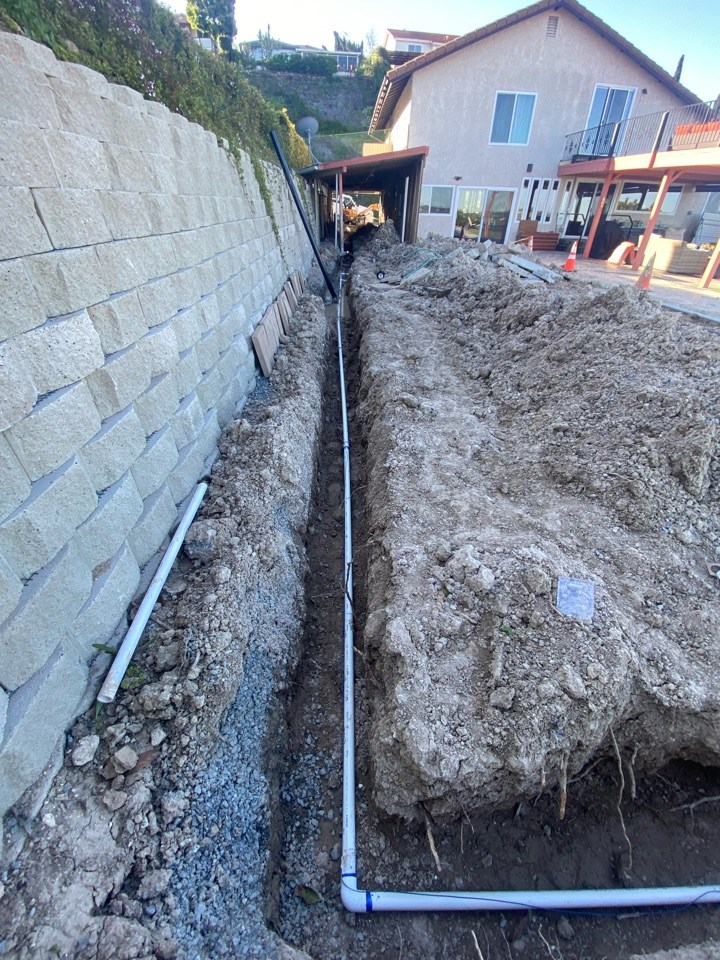
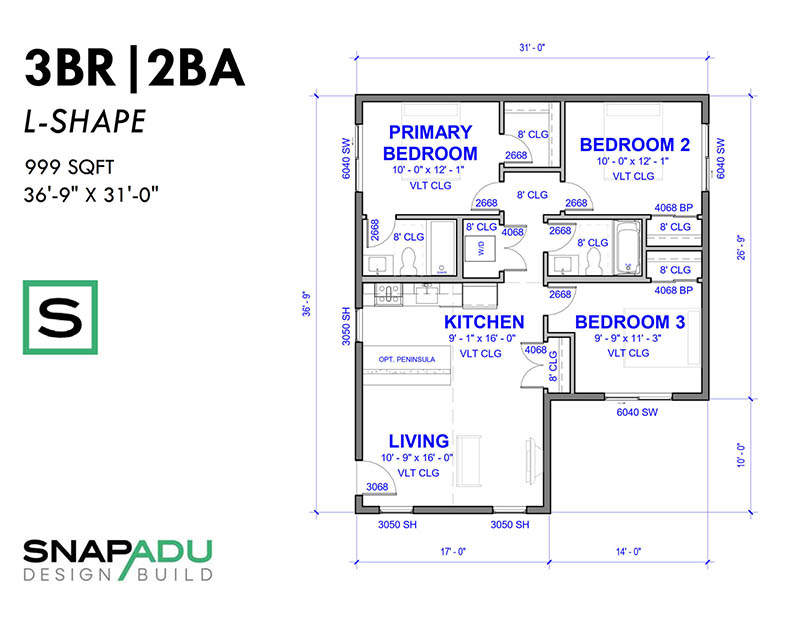
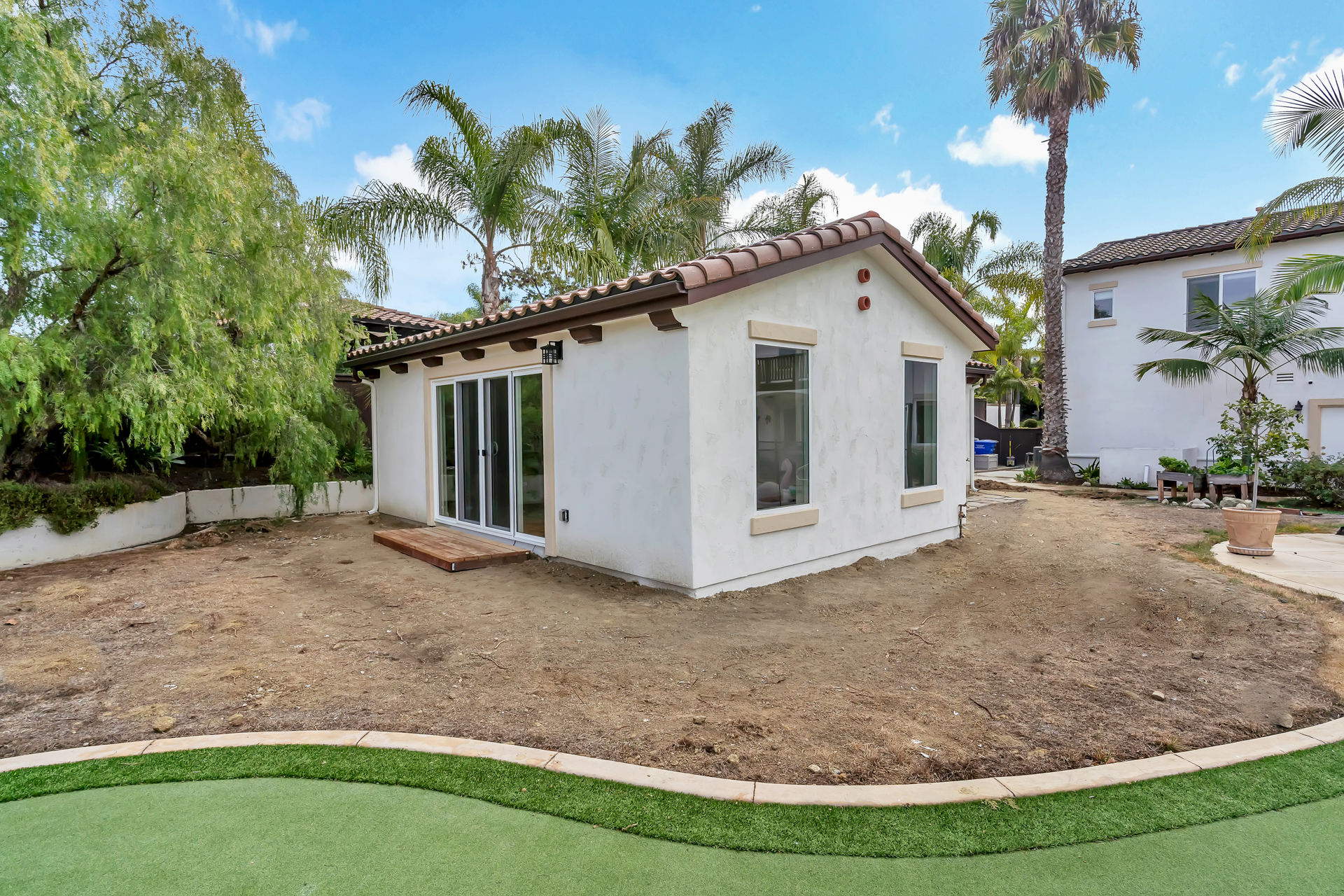
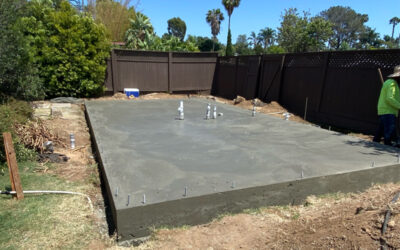
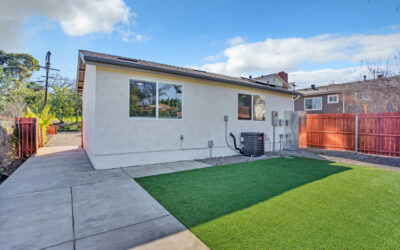
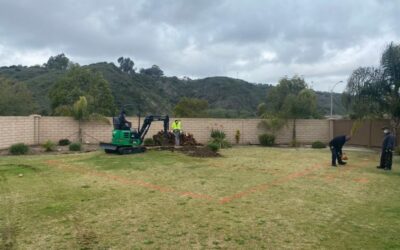
0 Comments